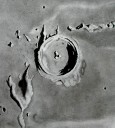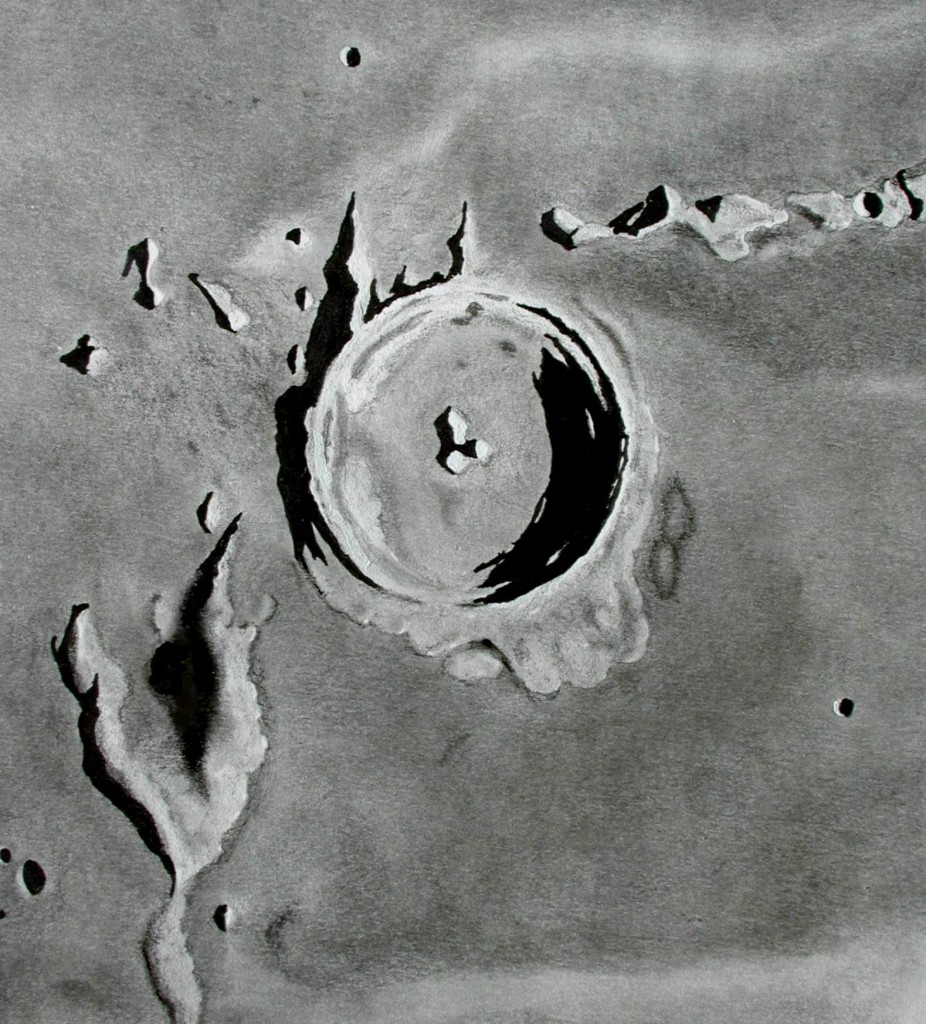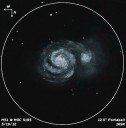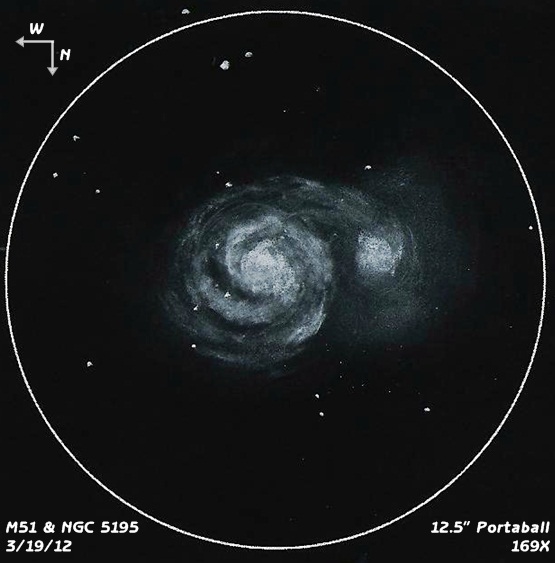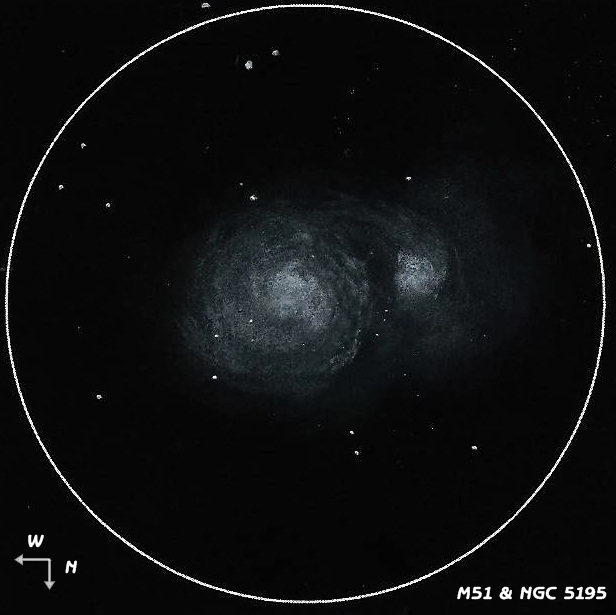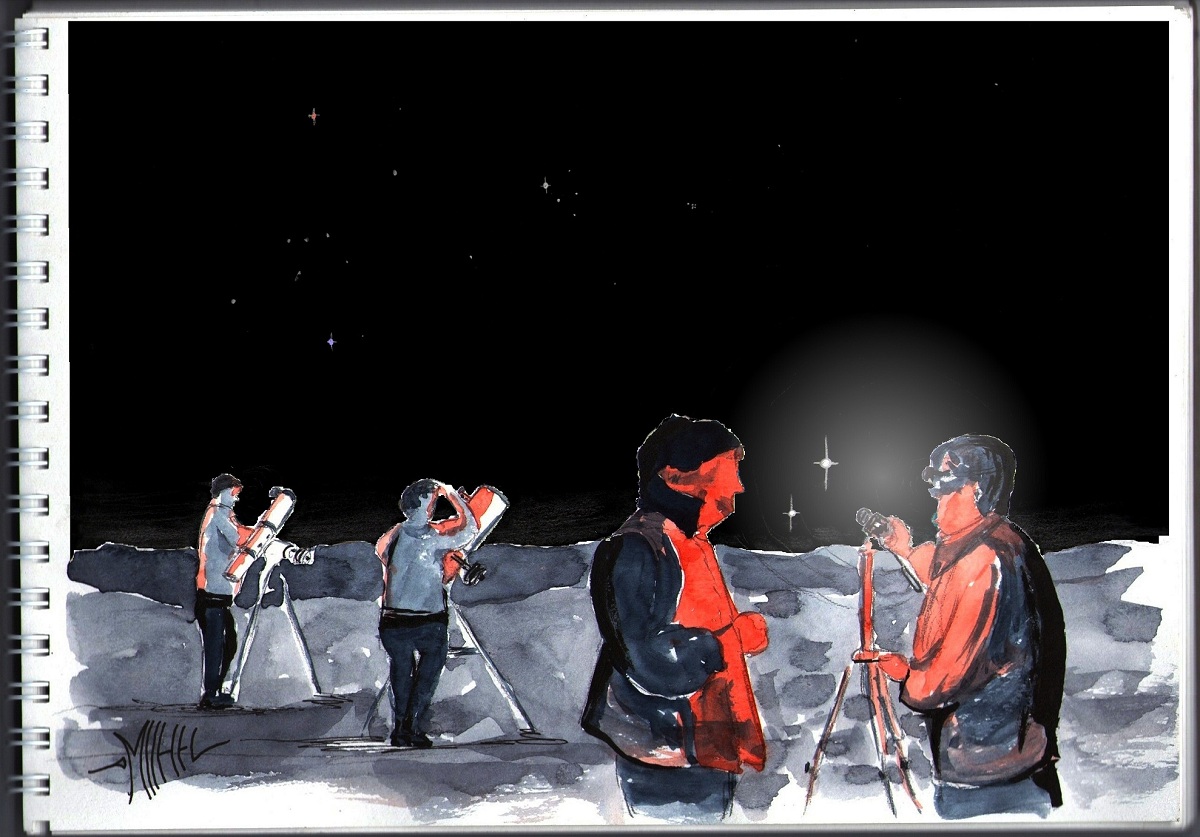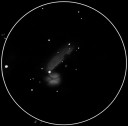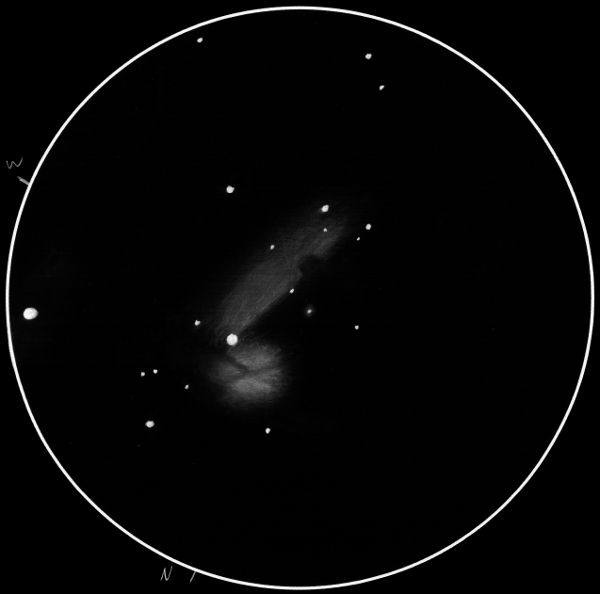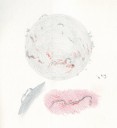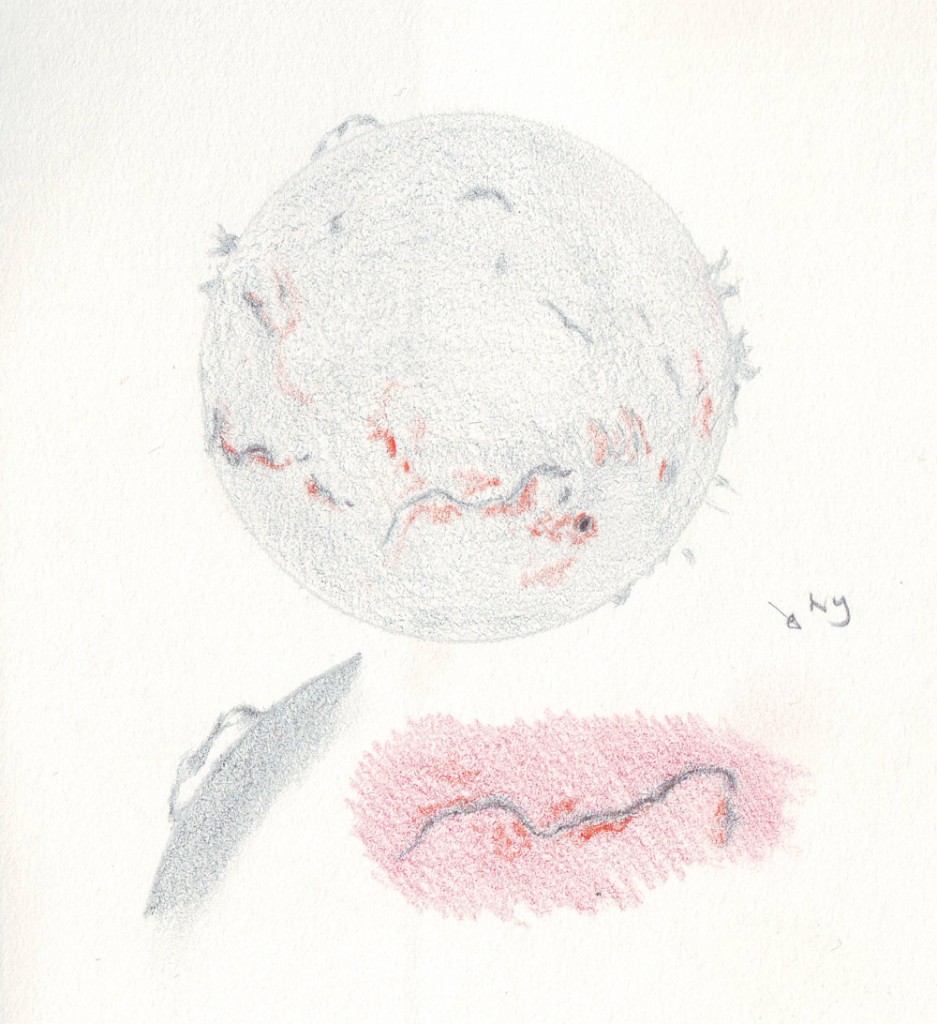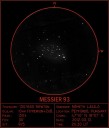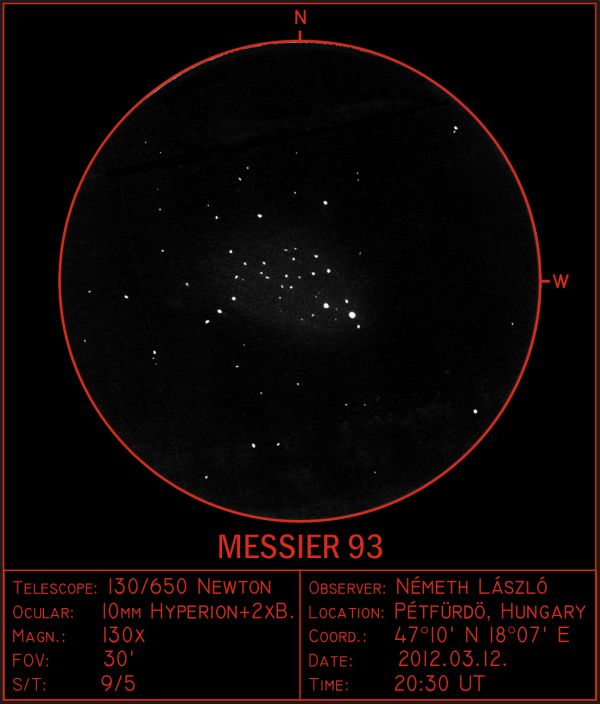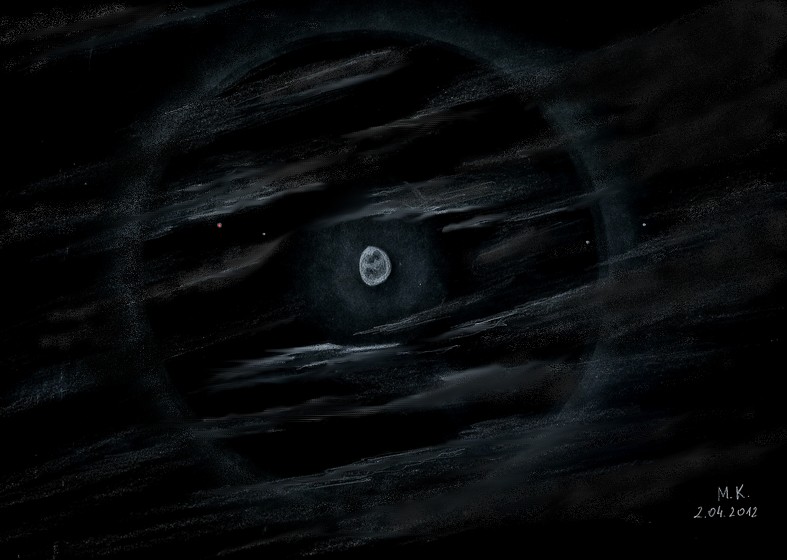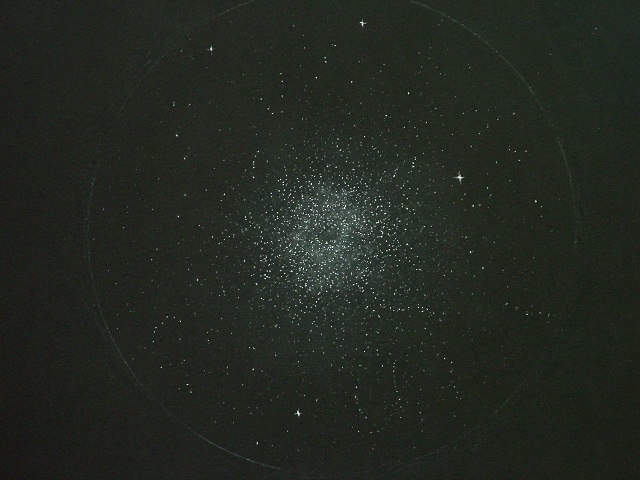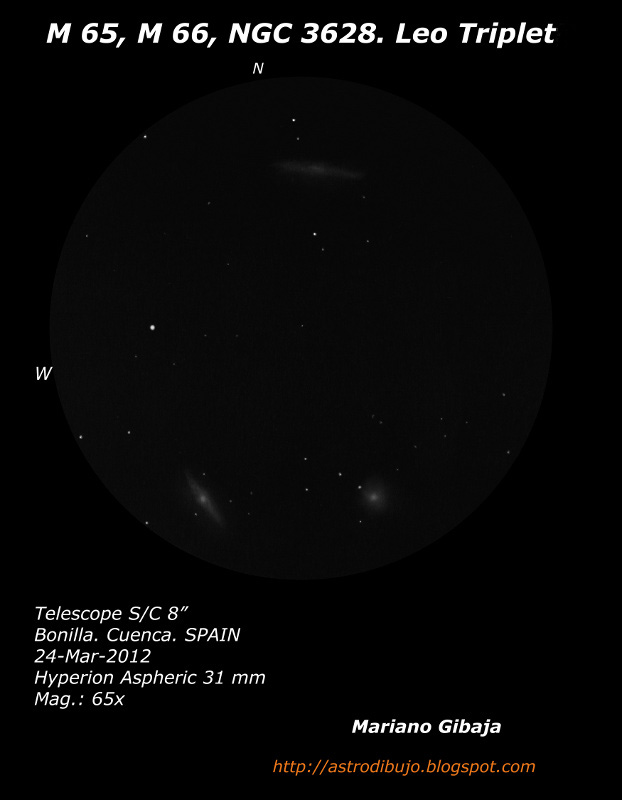
Object Name: M 65
Location: RA: 11h 18m 55.9s, Dec: +13 ° 05 ’32 ”
Magnitude: 9.3 Dimensions: 8.0×1.5 (arc minutes)
Object Name: M 66
Location: RA: 11h 20m 15.0s, Dec: +12 ° 59 ’30 ”
Magnitude: 8.9 Dimensions 8.0×2.5 (arc minutes)
Object Name: NGC 3628
Location: RA: 07h 29m 10.8s, Dec: +20 ° 54 ’42 ”
Magnitude: 9.5 Dimensions 14.0×3.6 (minutes of arc)
Constellation Leo.
Type: Galaxies.
Location: Bonilla. Cuenca. SPAIN
Date: March 24, 2012.
Time: 23:50 T.U.
Materials used: Graphite pencil on white paper. Inverted image and processed with Photoshop.
Celestron Telescope S / C 8 “Mount Cgt-5
Hyperion Aspheric 31 mm; Magnification: 65x.
Conditions: MALE: 5.5 (chart 9), Temp.: 4.8 ° C, humidity 65%;
More information: http://astrodibujo.blogspot.com



